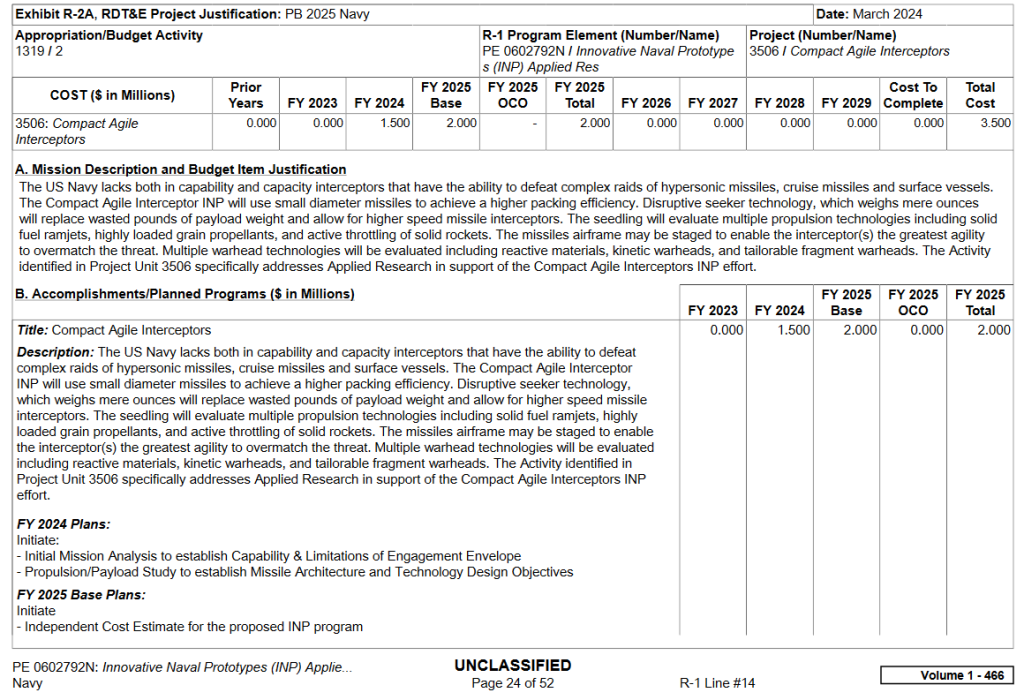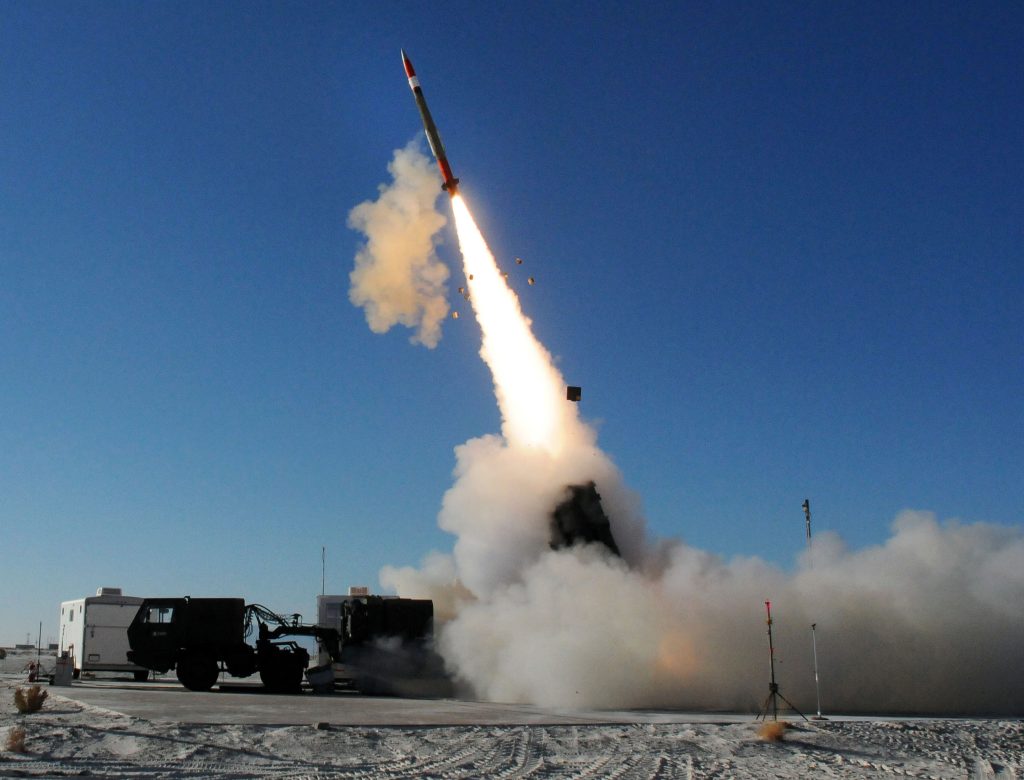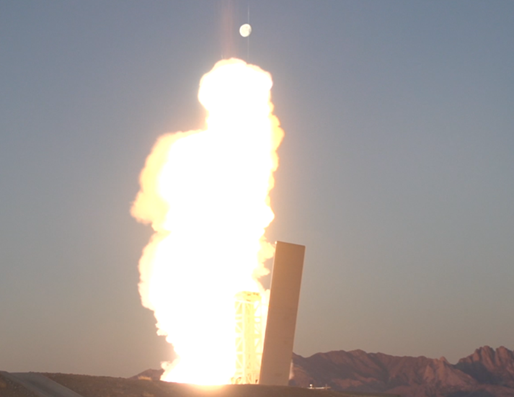
The US Navy is planning to procure and test fire two to three flight test units for its newest missile program, dubbed Compact Agile Interceptors.
The program, which was initiated by the Navy as part of its Fiscal Year 2024 budget request, is aimed at countering complex raids involving hypersonic missiles, cruise missiles, and surface vessels. The Navy said that it has identified a lack of “capability and capacity” on its current ships to counter these threats utilizing existing missiles.
To address these threats, the Navy is looking to utilize “small diameter missiles” that have a higher packing efficiency–like the Navy’s existing Evolved Sea Sparrow Missile (ESSM). The Navy plans to combine this small form factor with a low-weight seeker, an exotic propulsion setup, a novel warhead design and a multi-stage airframe design.
Under its FY25 budget request, the Navy is seeking $2 million for the program, which is a $500k increase from last year. The service is looking to procure two to three flight test units, each likely mounting a unique propulsion setup, for a proof of concept flight demonstration.
Under the current schedule, the Navy is set to complete an analysis initiated under FY24 that aimed to determine system capabilities and engagement limitations. A propulsion and payload study that will help the Navy establish Missile Architecture and Technology Design Objectives is also set to complete under this schedule.
However, delays caused by the lengthy negotiations process for passing the FY24 budget will likely impact the planned schedule for this program.
A Brief Overview of the Compact Agile Interceptors Program

Under the Compact Agile Interceptors program, the Navy aims to survey new and disruptive seeker technologies, some weighing “mere ounces”, that will allow for reduction of wasted pounds of payload weight.
For the warhead, the Navy is looking at multiple warhead types such as reactive materials, kinetic warheads, and tailorable fragment warheads. On the propulsion and airframe end, the Navy is going all out, options under consideration include solid fuel ramjets, highly loaded grain propellants, and active throttling of solid rockets.
These propulsion setups might be coupled with a multi-stage airframe which would allow interceptors to have “the greatest agility to overmatch the threat”.
A Candidate Emerges

InsideDefense, which first reported on the Compact Agile Interceptors program in May of last year, stated that Lockheed Martin is submitting the company’s PAC-3 Missile Segment Enhancement interceptor for this program.
Prior that year, the company unveiled a model of the PAC-3 MSE inside a MK.41 Vertical Launch System cell during the Surface Navy Association Symposium in January of 2023.

While this wasn’t the first instance of the company showing off the PAC-3 MSE for naval use, it was, however, the first time that the company stated that it was doing testing and integration work on the missile to make it compatible with the Aegis Weapon System.
So far, the company has self-funded the effort to integrate the missile with Aegis. Which involved modifications to the missile’s data link receiver so it could communicate with the SPY-1 radar. The first launch of a PAC-3 MSE out of a MK.41 VLS took place last month. The company used the MK-70 containerized launch platform.
While the PAC-3 MSE is a missile that has demonstrated exceptional performance in Ukraine against Russia’s Kinzhal Air-Launched Ballistic Missile, whether or not it would make a good fit for the Compact Agile Interceptors program remains unclear. As stated above, the Navy is looking for missiles that can be multi-packed to increase efficiency and all current iterations of the PAC-3 MSE for naval use show a single missile per cell.

As such, for the PAC-3 MSE to be a suitable candidate, Lockheed Martin’s bid would likely need modifications to the missile’s strakes so they can be folded. However, not having a unique sub-variant for naval use would also allow the Navy to take advantage of the existing MSE production line, which is currently being scaled to produce 650 missiles a year. Another solution for this problem could be a specialized canister for the missile that would allow better packing.
As of writing, no other company has publicly disclosed their own bids for the Compact Agile Interceptors program. However, both the FMC Corporation and General Dynamics have previously proposed modified Sea Sparrow Missile and Standard Missile-2 (SM-2) variants in the early 1990s.
These modifications would have allowed for quad-packed boosted missiles for the former and dual-pack missiles for the latter. Both of these missiles are made by Raytheon today after the company absorbed General Dynamics’ missile unit. The FMC Corporation’s VLS business was bought out by BAE Systems Inc.
